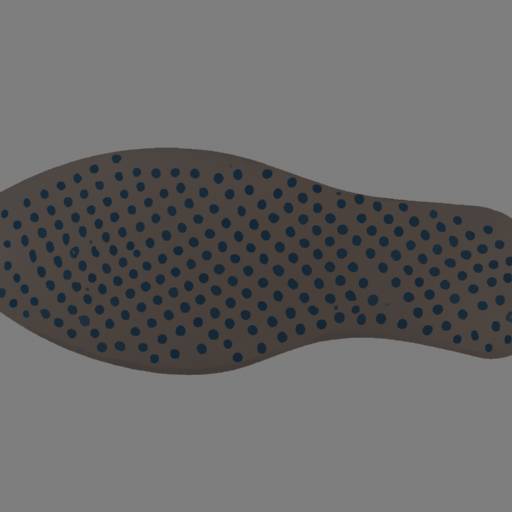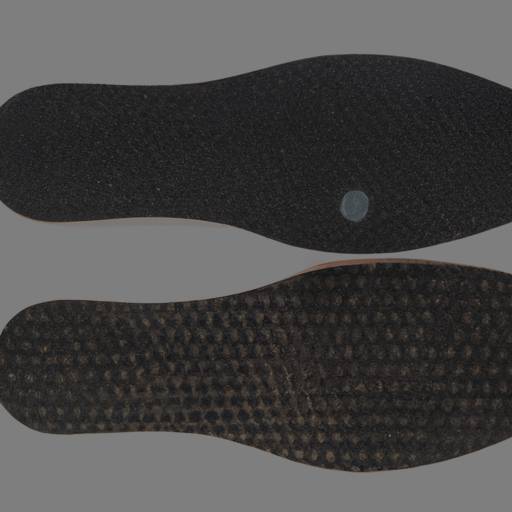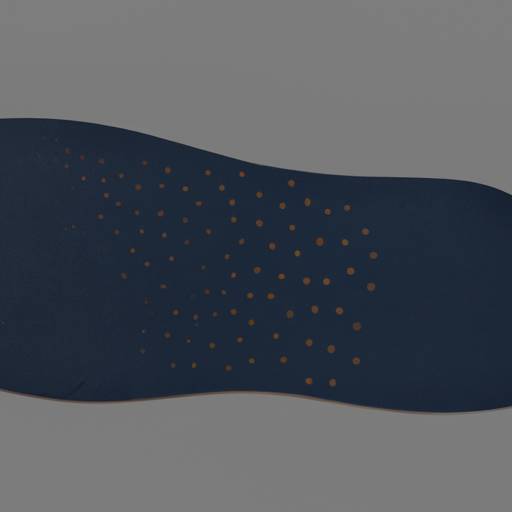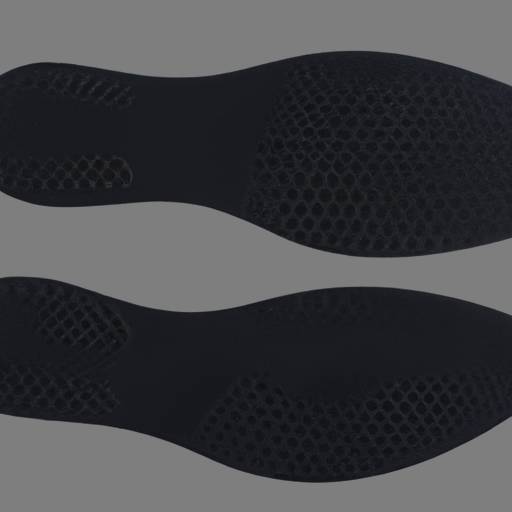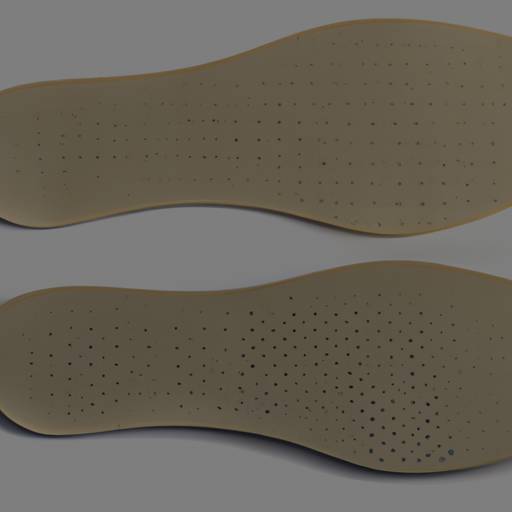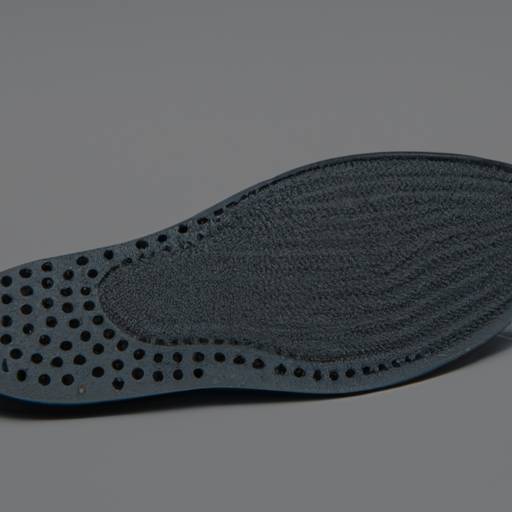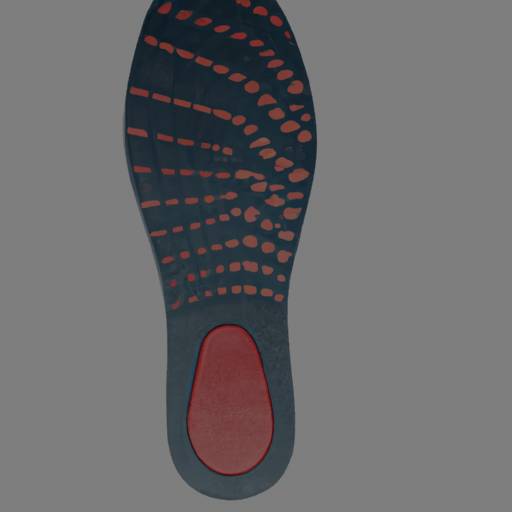Do Arch Support Insoles Really Work?
Understanding Arch Support Insoles
Arch support insoles are designed to provide additional support and stability to the feet, particularly the arch area. These insoles are inserts that can be placed inside shoes to help alleviate discomfort and promote proper foot alignment. Let’s take a closer look at what arch support insoles are and how they work.
What Are Arch Support Insoles?
Arch support insoles, also known as orthotic insoles, are specially designed inserts that are placed inside shoes to provide support to the arch of the foot. They are typically made from materials such as foam, gel, or a combination of both. These insoles are available in various sizes and shapes to accommodate different foot types and arch heights.
The primary purpose of arch support insoles is to help distribute body weight evenly across the feet, alleviate pressure on the arches, and promote proper foot alignment. By providing support to the arches, these insoles can help reduce foot pain and discomfort associated with conditions like plantar fasciitis, flat feet, and overpronation.
How Do Arch Support Insoles Work?
Arch support insoles work by providing additional support to the arches of the feet. When inserted into shoes, these insoles help to align the foot in a more neutral position, reducing excessive pronation or supination. This alignment promotes proper weight distribution and can help alleviate strain on the ligaments, tendons, and muscles of the feet.
The materials used in arch support insoles, such as foam or gel, provide cushioning and shock absorption, which can help reduce the impact on the feet during walking or running. This cushioning effect can be particularly beneficial for individuals with high arches or those who spend long periods on their feet.
It’s important to note that arch support insoles are not a one-size-fits-all solution. The effectiveness of these insoles can vary depending on factors such as foot type, arch height, and the specific needs of the individual. Consulting with a healthcare professional, such as a podiatrist or orthopedic specialist, can help determine whether arch support insoles are suitable for your specific foot condition.
In the next section, we will delve into the ongoing debate surrounding the effectiveness of arch support insoles and explore the scientific research behind their claims. Stay tuned to learn more about this topic.
The Debate: Do Arch Support Insoles Work?
Arch support insoles have been a subject of debate among experts and individuals seeking relief from foot discomfort. To understand the effectiveness of arch support insoles, it’s important to delve into the science behind arch support and explore relevant studies and research.
The Science Behind Arch Support
Arch support insoles are designed to provide additional support to the arches of the feet, which can help improve foot alignment and alleviate certain foot conditions. The arches of the feet play a crucial role in distributing body weight and absorbing shock during walking and other weight-bearing activities. However, some individuals have naturally high or low arches, which can contribute to imbalances and foot problems.
Arch support insoles aim to address these imbalances by providing support to the arches and promoting proper foot alignment. By reducing excessive pronation (inward rolling of the foot) or supination (outward rolling of the foot), arch support insoles can help optimize foot function and potentially alleviate associated discomfort.
Studies and Research on Arch Support Insoles
Numerous studies have been conducted to evaluate the effectiveness of arch support insoles in managing foot conditions and improving foot mechanics. While individual experiences may vary, these studies provide valuable insights into the potential benefits of arch support.
A study published in the Journal of Foot and Ankle Research examined the effects of different types of insoles on foot pressure distribution and reported that arch support insoles significantly reduced peak pressures in the forefoot and midfoot compared to flat insoles.
Another study published in the Journal of the American Podiatric Medical Association investigated the effects of arch support insoles on foot pain in individuals with plantar fasciitis. The results showed that participants who used arch support insoles experienced a significant reduction in foot pain compared to those who used flat insoles.
These studies, along with others in the field, suggest that arch support insoles can have a positive impact on foot mechanics, foot pain, and certain foot conditions. However, it’s important to note that individual responses to arch support insoles may vary, and consulting with a healthcare professional is recommended to determine the most suitable approach for addressing specific foot concerns.
Understanding the science and research behind arch support insoles provides a foundation for evaluating their potential effectiveness. However, it’s important to consider other factors such as foot type and personal comfort when deciding whether arch support insoles are appropriate for individual needs. To explore the benefits of arch support insoles further, continue reading the section on Benefits of Arch Support Insoles.
Benefits of Arch Support Insoles
Arch support insoles can provide several benefits for individuals seeking relief from foot discomfort and improved overall foot health. Here are some key advantages of using arch support insoles:
Improved Foot Alignment
One of the primary benefits of arch support insoles is their ability to promote proper foot alignment. These insoles are designed to provide support to the arch of the foot, which helps to distribute the body’s weight evenly across the feet. By maintaining proper alignment, arch support insoles can alleviate excessive pressure on certain areas of the foot, reducing the risk of discomfort and potential foot conditions.
Reduced Foot Pain and Discomfort
Arch support insoles are often recommended for individuals experiencing foot pain and discomfort, particularly those with conditions like plantar fasciitis, flat feet, or high arches. These insoles help to cushion the foot, absorb shock, and provide additional support to the arch. By reducing the strain on the feet and providing necessary support, arch support insoles can alleviate pain and discomfort, allowing for improved mobility and increased comfort throughout the day.
Enhanced Support and Stability
Arch support insoles offer enhanced support and stability to the feet, which can be particularly beneficial for individuals with weak or unstable arches. The added support helps to prevent overpronation (excessive inward rolling of the foot) or supination (insufficient inward rolling of the foot), promoting a more neutral foot position. This improved stability can contribute to better balance and reduce the risk of falls or injuries.
By incorporating arch support insoles into your footwear, you can experience the benefits of improved foot alignment, reduced foot pain and discomfort, and enhanced support and stability. However, it’s important to note that the effectiveness of arch support insoles may vary depending on individual foot anatomy and specific foot conditions. Consulting with a healthcare professional, such as a podiatrist or orthopedic specialist, can help you determine the best approach for your specific needs. For more information on selecting the right insoles, check out our article on how to pick insoles.
Remember, while arch support insoles can provide relief and support, they are not a substitute for professional medical advice. If you have persistent foot pain or discomfort, it’s always advisable to consult with a healthcare professional for a proper evaluation and personalized treatment plan.
Factors to Consider
When choosing arch support insoles, several factors should be taken into consideration to ensure optimal comfort and effectiveness. These factors include foot type and arch height, proper fit and comfort, and quality and material of insoles.
Foot Type and Arch Height
Understanding your foot type and arch height is essential in selecting the right arch support insoles. There are three common foot arch types: low arches (flat feet), normal arches, and high arches. Each arch type requires different levels of support and cushioning.
- For individuals with low arches, insoles with firm arch support and pronation control are recommended to help stabilize the foot and prevent excessive inward rolling.
- Those with normal arches generally benefit from insoles that provide moderate arch support and even weight distribution.
- Individuals with high arches often require insoles with extra arch support and added cushioning to help absorb shock and alleviate pressure on the arches.
Determining your foot arch type can be done by observing your footprint or consulting with a healthcare professional. Once you identify your arch type, you can choose arch support insoles that cater to your specific needs.
Proper Fit and Comfort
Proper fit and comfort are crucial for the overall effectiveness of arch support insoles. Ill-fitting insoles can cause discomfort, foot pain, and even worsen existing foot conditions. When selecting insoles, ensure that they match the size of your shoes and have a shape that aligns with the contours of your feet.
Look for insoles that offer a combination of support, cushioning, and breathability. The insoles should fit snugly in your shoes without causing any pressure points or slipping.
It’s important to note that it may take some time for your feet to adjust to the new insoles. Allow for a gradual breaking-in period and pay attention to any discomfort or pain that persists beyond the initial adjustment phase. If you experience significant discomfort, it’s advisable to consult with a healthcare professional.
Quality and Material of Insoles
The quality and material of the arch support insoles play a significant role in their effectiveness and durability. Look for insoles made from high-quality materials that offer both support and cushioning. Common materials used in arch support insoles include memory foam, gel, and EVA foam.
Memory foam insoles, for example, conform to the shape of your feet, providing personalized support and comfort. Gel insoles offer excellent shock absorption and cushioning, while EVA foam provides lightweight support and durability.
Consider the level of wear and tear the insoles will undergo. If you engage in high-impact activities or require long-term support, opt for insoles with sturdy construction and reliable durability.
By considering factors such as foot type and arch height, proper fit and comfort, and the quality and material of insoles, you can make an informed decision when selecting arch support insoles. Remember, it’s always beneficial to consult with a healthcare professional or podiatrist for personalized advice based on your specific foot needs.
Tips for Choosing and Using Arch Support Insoles
When considering arch support insoles, there are several factors to keep in mind to ensure you make the most out of your purchase. Here are some essential tips for choosing and using arch support insoles effectively:
Consult with a Healthcare Professional
Before investing in arch support insoles, it’s advisable to consult with a healthcare professional, such as a podiatrist or orthopedic specialist. They can evaluate your foot structure, assess any existing conditions or concerns, and provide personalized recommendations. Their expertise will help you select insoles that address your specific needs and provide the desired level of support. Additionally, they can guide you on proper usage and answer any questions you may have.
Gradual Adjustment and Breaking-In Period
When you first start using arch support insoles, it’s important to allow for a gradual adjustment period. Begin by wearing them for shorter periods, gradually increasing the duration as your feet adapt to the new support. This gradual approach helps your feet get used to the changes and minimizes discomfort. It’s normal to experience some initial discomfort or soreness, but if the pain persists or worsens, consult with a healthcare professional.
Regular Maintenance and Replacement
To ensure the longevity and effectiveness of your arch support insoles, it’s essential to practice regular maintenance. Follow the manufacturer’s guidelines for cleaning and caring for the insoles. This may involve hand-washing them with mild soap, air-drying them, or using specialized cleaning products. Regularly inspect the insoles for signs of wear and tear, such as fraying or flattening. If they appear worn out or no longer provide adequate support, it’s time to replace them. The lifespan of insoles can vary depending on factors such as usage frequency and the quality of the materials used.
Remember, proper selection and usage of arch support insoles can have a positive impact on foot comfort and alignment. However, it’s crucial to consider individual foot type, consult with professionals, and give your feet time to adjust. By following these tips, you can maximize the effectiveness of arch support insoles and promote better foot health.

